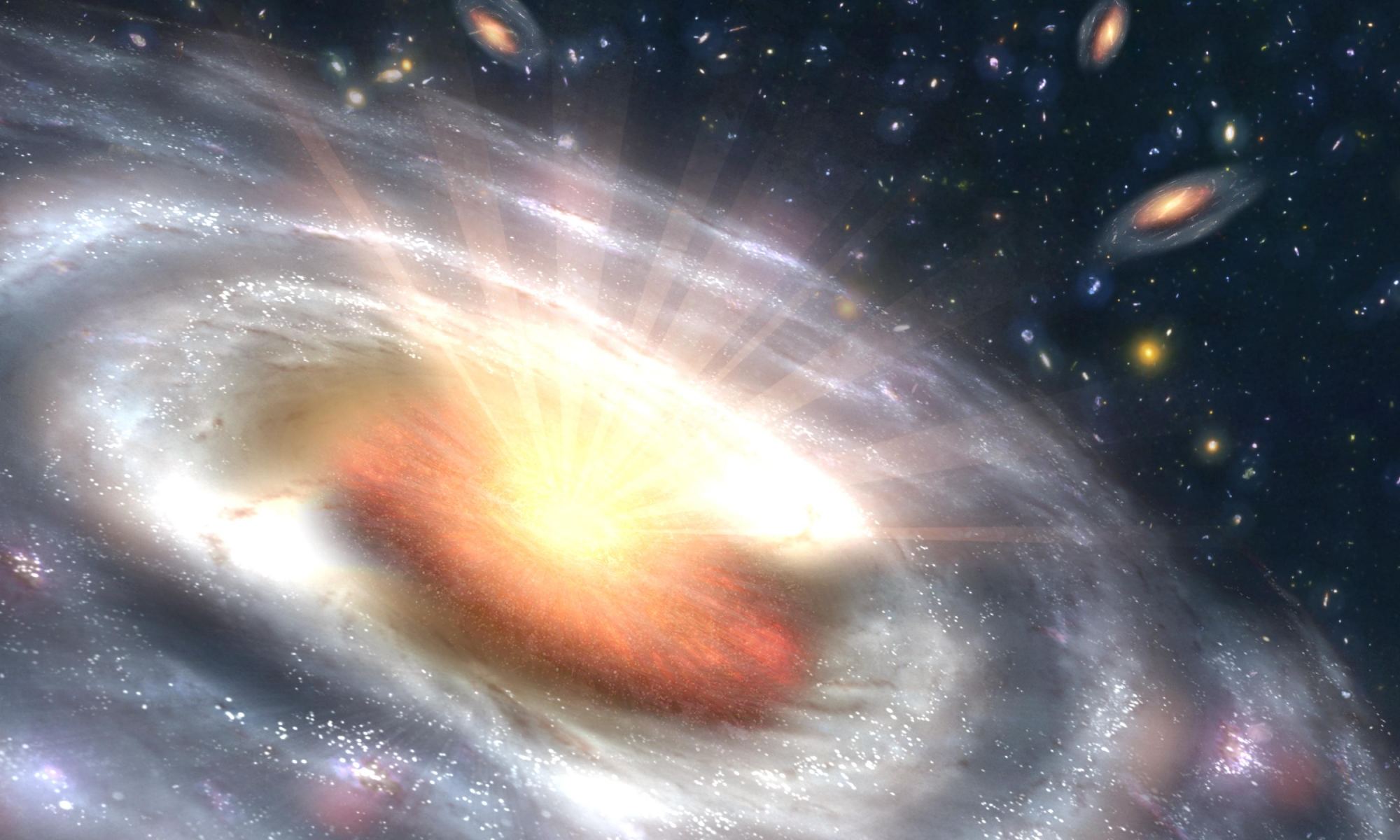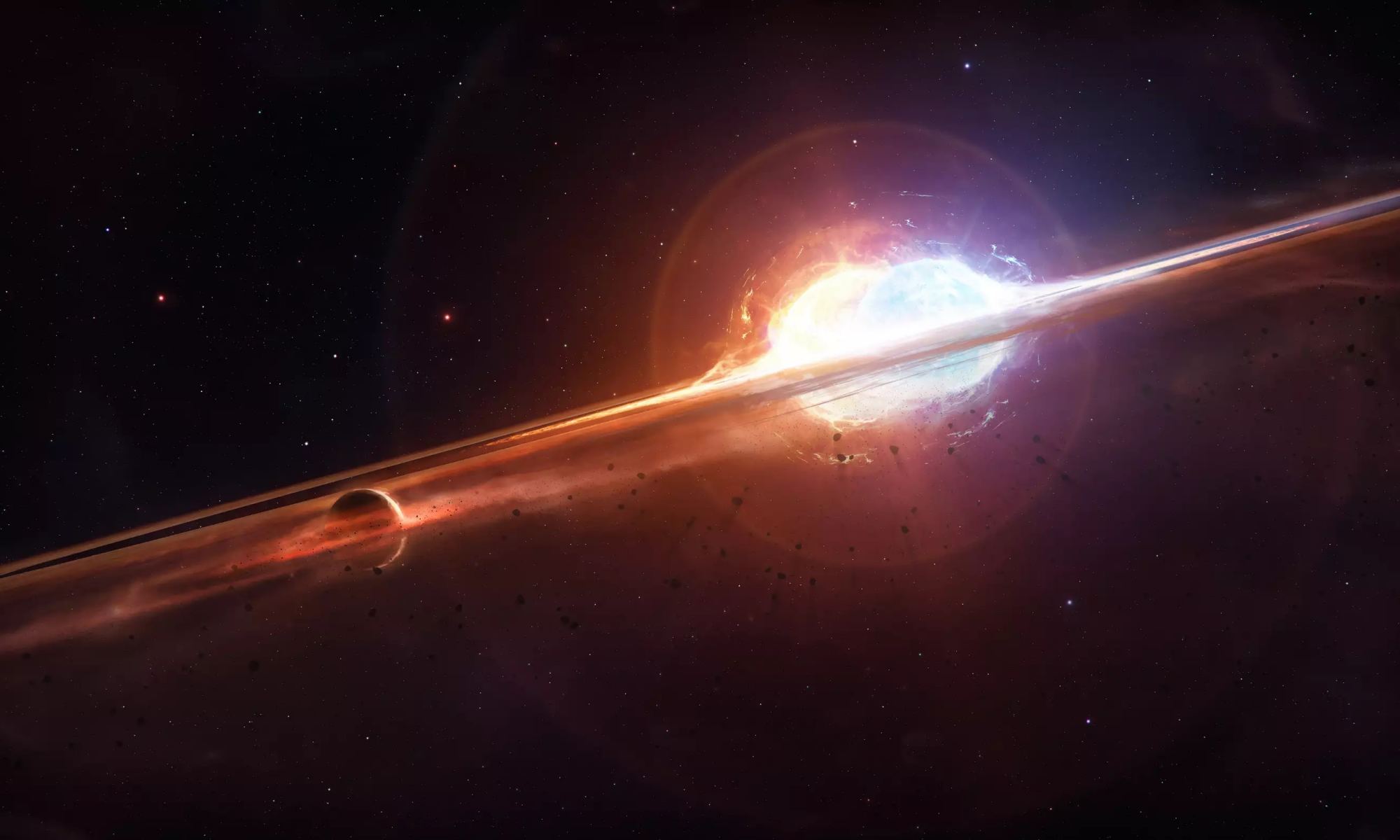It wasn’t long after the Big Bang that early galaxies began changing the Universe. Less than a billion years later, they had already put on a lot of weight. In particular, their central supermassive black holes were behemoths. New images from JWST show two massive galaxies as they appeared less than a billion years after the universe began.

One of the galaxies weighs in at a whopping 130 billion times the mass of the Sun. It’s black hole-driven quasar has 1.4 billion solar masses. (A quasar is the bright active nucleus of a galaxy thought to be powered by a supermassive black hole.) It turns out that these galaxies and their central black holes have completely different sizes in relation to each other. In addition, those spectacular masses raise some challenging questions. How did they get so massive so fast in the infant Universe? And, which came first? The galaxy or the black holes?
Those make up a puzzle facing an international team of researchers led by Xuheng Ding and John Silverman (both of the Kavli Institute for the Physics and Mathematics of the Universe). They announced their initial findings in the June 28, 2023 edition of the journal Nature.

Exploring the Quasar Hearts
The quasars they observed are called J2236+0032 and J2255+0251. Their host galaxies were first observed by the Subaru Telescope in Hawai’i. Both galaxies are relatively dim and are good targets for studies of the early universe. They lie at redshifts of 6.4 and 6.34. Those place them at a time when the universe was only 860 million years old. The research team at Kavli then used JWST to take a deeper look at these objects.

JWST looked at them at infrared wavelengths of 3.56 and 1.50 microns. In addition, JWST’s NIRSPEC spectrometer refined the galaxy’s stellar populations. Analysis of the data further refined the mass of the two galaxies. It also revealed the speed of gases moving at their hearts. That allowed the team to determine the masses of the two central supermassive black holes that power these quasars.
